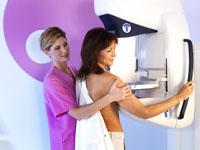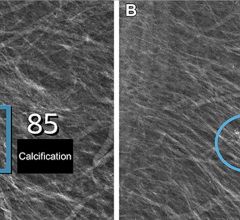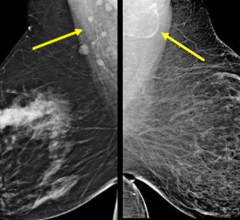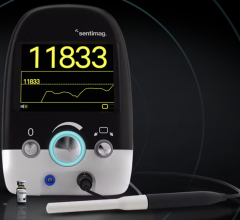
November 1, 2011 — Royal Philips Electronics introduced MicroDose Mammography, a full-field digital mammography (FFDM) solution, on Monday. The system offers a lower radiation dose, as compared with other FFDM systems, without compromising image quality.
Mammography is the primary tool used to aid in the early detection and diagnosis of the disease. Studies show mammograms can spot tumors up to two years before they might be felt; the American Cancer Society (ACS) recommends them for women every year starting at the age of 40. According to the ACS Cancer Prevention & Early Detection Facts & Figures 2011 report, however, globally 1.3 million women are still diagnosed with breast cancer each year; according to the report, mammography usage has not increased in the United States since 2000.
Philips MicroDose offers clinicians the ability to deliver high-quality breast images at up to a 50 percent reduction in dose as compared to other FFDM systems, without compromising clinical image quality.
MicroDose uses X-ray photon-counting technology. Similar to light-emitting diode (LED) lighting, which uses less wattage than traditional incandescent bulbs, the photon-counting detector utilizes less radiation while delivering high image quality.
The system is also designed to offer a less stressful mammography experience by providing curved support and a comfortably warm positioning surface. Furthermore, the exam – including image acquisition – takes less than five minutes, offering speed, convenience, improved throughput and productivity.
"The MicroDose system enables high-image quality at a low dose," Etta Pisano, M.D., dean of the College of Medicine at the Medical University of South Carolina said. "The ability to reduce the radiation dose for many women is another step forward for breast cancer screening with mammography - which saves thousands of lives each year."
Additionally, the photon-counting detector technology presents opportunities for future breast applications, providing the option for continued advancements beyond 2-D anatomical breast images in an easy and cost-effective way.
For more information: www.philips.com


 July 29, 2024
July 29, 2024 








